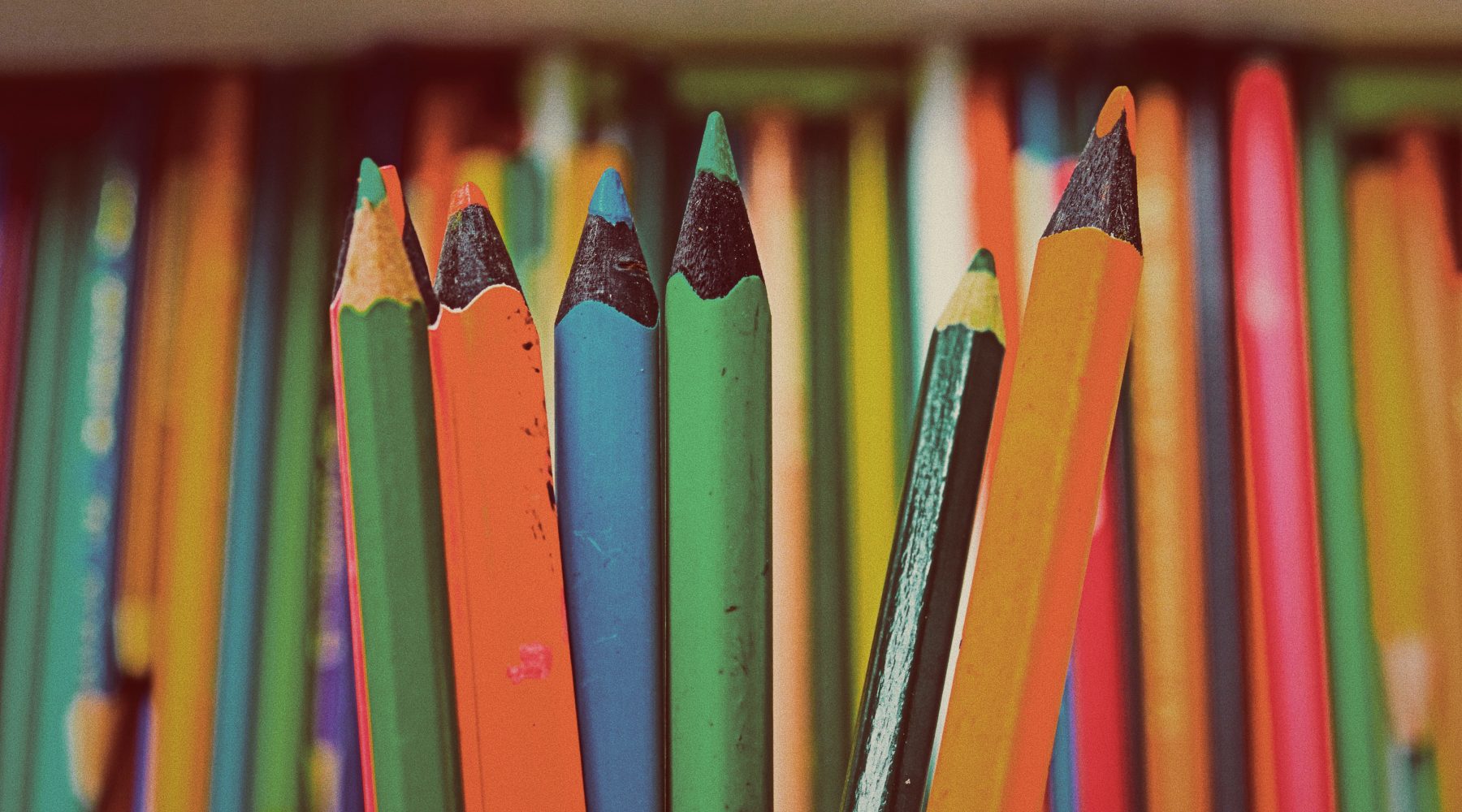The way children represent themselves in drawing changes depending on the audience

Children’s drawings are used as a communication tool in a number of professional and therapeutic settings, to assist professionals in understanding how a child is feeling, or to gain deeper insight into the lived experience of the child. Drawings can also assist in giving a literal picture of the child’s self image.
A research team from the University of Chichester have found that children vary how they draw themselves depending on the profession of the audience, and whether or not they are familiar to the child. Researchers hope the findings will help practitioners to better interpret children’s drawings of themselves.
In the study, published earlier this year in the British Journal of Developmental Psychology, authors outlined that children’s expressive drawings of themselves vary according to the authority of and familiarity with the adult who will view the picture.
The results of the study are significant, authors said, because drawings are often used in clinical, forensic, educational and therapeutic situations to garner information about how a child feels and to supplement verbal communication. Understanding the variance in drawing for a particular audience, and the role in which relationship based practice impacts on drawing outcomes, could radically alter the output of the child’s drawing and depiction.
The research team worked with 175 children aged eight and nine, 85 boys and 90 girls. The children were arranged in seven groups – one where no audience was specified and six audience groups varying by audience type. These groups represented professionals (policeman, teacher) and men with whom the children were familiar, and those with whom they were not.
The children were invited to draw three pictures of themselves – one as a baseline, one happy and one sad.
The results of the study show that children’s drawings of themselves are more expressive if the audience for those drawings is familiar to the child. Girls drew themselves more expressively than boys.
Some anomalies appeared in the results. For example, boys and girls performed differently in happy and sad drawings for the familiar and unfamiliar policeman groups. Girls showed more expressivity than boys in their happy drawings when the audience was a policeman they knew, whereas boys’ sad drawings showed more expressivity than girls’ in the unfamiliar policeman group.
The authors of the study suggest that this current study could be used as the basis for future studies investigating other professional and personal interactions, such as between a doctor and their patient.
Lead author, Dr Esther Burkitt, commented: “This t study builds on the findings of previous studies carried out by our team. Its findings have implications for the use of children’s drawings by professionals as a means to supplement and improve verbal communication. Being aware that children may draw emotions differently for different professional groups may help practitioners to better understand what a child feels about the topics being drawn. This awareness could provide the basis of a discussion with the child about why they drew certain information for certain people. Our findings indicate that it matters for which profession children think they are drawing themselves, and whether they are familiar with a member of that profession.”
The study is available to review in full here.
Popular

Quality
Practice
Research
Small ways to teach babies and toddlers body safety and consent in early learning
2025-12-15 08:00:40
by Fiona Alston

Workforce
Quality
Research
When did it start to go wrong?
2025-12-18 08:00:46
by Fiona Alston

Quality
Research
Food safety in early learning centres: Protecting children through better practices
2025-12-15 07:45:24
by Contributed Content














